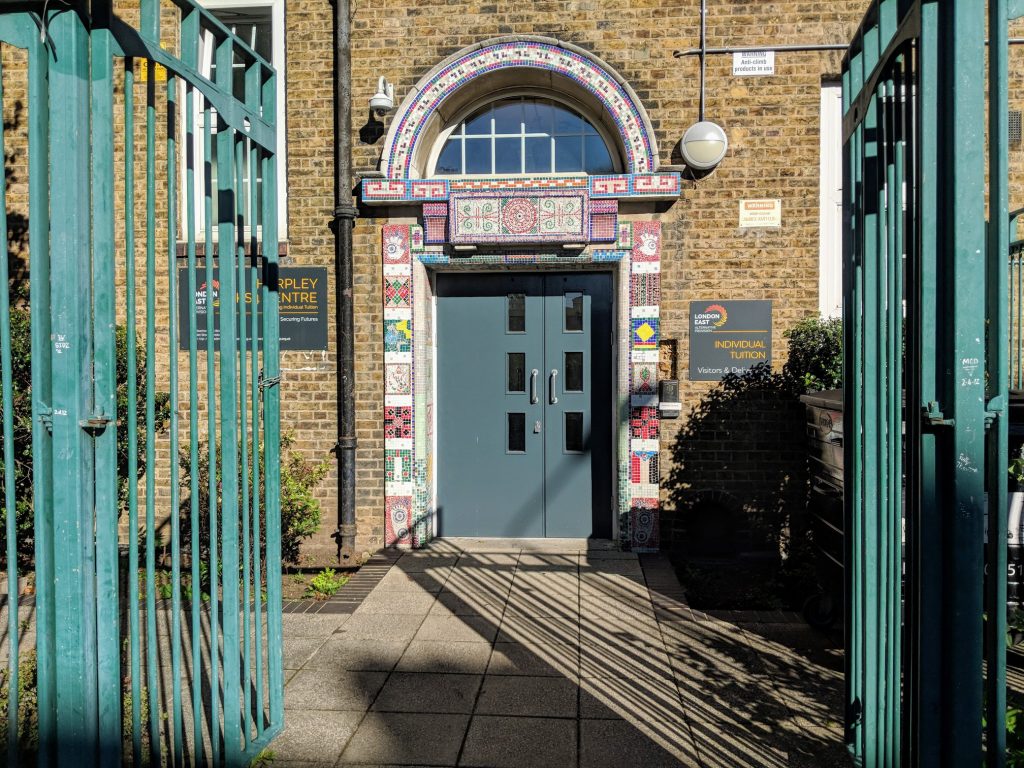Alternative Provision:
A response to the SEND Review
by Leigh Seedhouse, Oxfordshire NEU

The SEND and alternative provision green paper has finally been published following the completion of the Department for Education’s long-awaited SEND review which was launched in 2019.
Increased early intervention for children with SEND and a single system combining SEND and alternative education provision feature highly in the plans.
The paper’s vision is for all Alternative Provision (AP) to be part of a ‘strong Multi Academy Trust (MAT)’ which will set ‘robust standards focused on progress, re-integration into mainstream education or to a sustainable post-16 destination’.
Ministers also plan to shake up accountability with a new performance table and national performance framework.
Throughout Chapter 4: A reformed and integrated role for alternative provision, the paper’s obsession with ‘early intervention’ and ‘behaviour’ really lifts off.
Yes, the paper admits that AP schools are experts in dealing with behavioural needs which present a barrier to learning, but they do not appear to understand that there is much more to AP than behavioural difficulties.
They don’t appear to have considered ‘un-picking’ what the issues are in mainstream settings which provoke this reaction in some young people – the curriculum.
Flawed vision
The paper’s vision focuses only on providing targeted support for challenging behaviour within mainstream settings with all AP being part of MATs – apparently this approach will ‘transform the sector’ and fix everything – along with robust standards based on progress and the performance tables I mentioned earlier.
Seven new AP free schools are already approved to open, run by ‘strong MATs’ in areas where new provision is most needed.
This will form part of the £2.6 billion investment, over the next three years, to deliver new places and improve existing provision for children and young people with SEND or who require AP.
Great, you may say, but there is a huge flaw in this.
Yes, we welcome more AP settings as we are all too aware that there are often no places available when a young person requires support.
But why are we building new AP schools when current ones are closing, and/or are having to reduce their staffing? This does not appear to be a joined-up plan at all.
Funding has been unpredictable for AP for many years, with AP income being dependent on whether places are used and based on census returns at a given point in time.
We welcome this being acknowledged in the paper – as this formula does make it hard for AP to invest and recruit practitioners.
The paper states that they will be addressing this so that ‘AP is less of a financial risk for MATs’ – resulting in the link to the White Paper about enabling children to ‘benefit form being taught in a family of schools’, but it doesn’t explain how AP will be funded in the future.
It mentions an AP-specific budget and that ‘funding will no longer follow the movement of each individual child or young person’, but it doesn’t give any clarification on how this will actually work in practice.
Out of touch
The Green paper’s vision is for AP, in my opinion, is out of touch and does not understand the role AP has within the education system.
The plan is to offer short-term intervention and education ‘across a continuum of support’, rather than focussing on long-term placements.
Apparently, this new model will reduce the number of preventable exclusions and expensive long-term placements.
The plans appear to be that by allowing students to spend a bit of time in AP and then returning to mainstream education that everything will be ‘fixed’.
What they don’t appear to understand is that long-lasting interventions with consistent teachers and support workers are what some students need.
This ‘new approach’ will require a new delivery model based on a three-tier system of support: –
- Targeted AP support in mainstream schools: Targeted support focusing on students whose ‘behaviour prevents others from learning’ or from whom a ‘strong behaviour culture is not sufficient’. These identified students will then be offered support from AP through coaching, delivering self-regulation classes and one-to-one support
- Time-limited placements in AP: – if targeted support fails, then those who required more intensive support, schools can use ‘their powers’ to off-site educate these students for a short period of time – with the aim for them to return to their original schools as soon as possible
- Transitional placements: – AP will provide support to those who, basically have failed the previous two steps, and now need a new school to go to and restart the previous two tiers.
So, it a nutshell, AP is now more like a ‘drop in’ clinic – with no long-term placements or vocational study on offer.
For me this poses several disastrous consequences for both staff and students: –
- Recruitment and retention – this model suggests that staff could be placed on short-term contracts as and when the services are required, and it is not clear on who will be their employer
- There is no longer the ‘safety’ for students of having a consistent face to go to when a crisis occurs or access to ‘time out’ or ‘wellbeing activities’. This model is ‘behaviour centric’ but doesn’t look to find out what is causing the behavioural pattens or seek to provide any SEMH support along the way
- Vocational training has not been mentioned at all. Lots of students who access AP do so through small vocational based centres – allowing them to access qualifications that are no longer part of a mainstream curriculum to re-engage on their learning journey. If AP is now only to be a short-term behaviour management tool, then access to vocational training appears to be a thing of the past.
I am pleased to see that there are concerns regarding the commissioning of part-time placements and the use of unregistered AP settings.
I agree that every placement needs to be safe and has clear oversight, and that the use of a combination of part-time placements to create full-time education is not acceptable – what isn’t made clear is how they intend to monitor and address this practice.
Yes, a call for evidence on the use of unregistered AP is a step in the right direction, and a paper published before the summer will be welcomed, but this investigation should have been done a long time ago.
Cheap alternative to real provision
The new AP model of support focuses purely on addressing behavioural issues within mainstream schools.
It does not appear to appreciate or acknowledge the importance of the role AP plays in our educational system or look to address why there are behavioural issues in mainstream settings.
It also doesn’t explain how those schools who do not have an AP setting within their MAT will be able to access AP support.
This new three tier support model does not provide the support which we know young people need.
Instead it only appears to focus on creating a cheap alternative to bespoke provision and support for students by creating one which strips all levels of mental health and wellbeing support from them and further narrows the curriculum offer available and implies that AP is only about dealing with poor behaviour.


